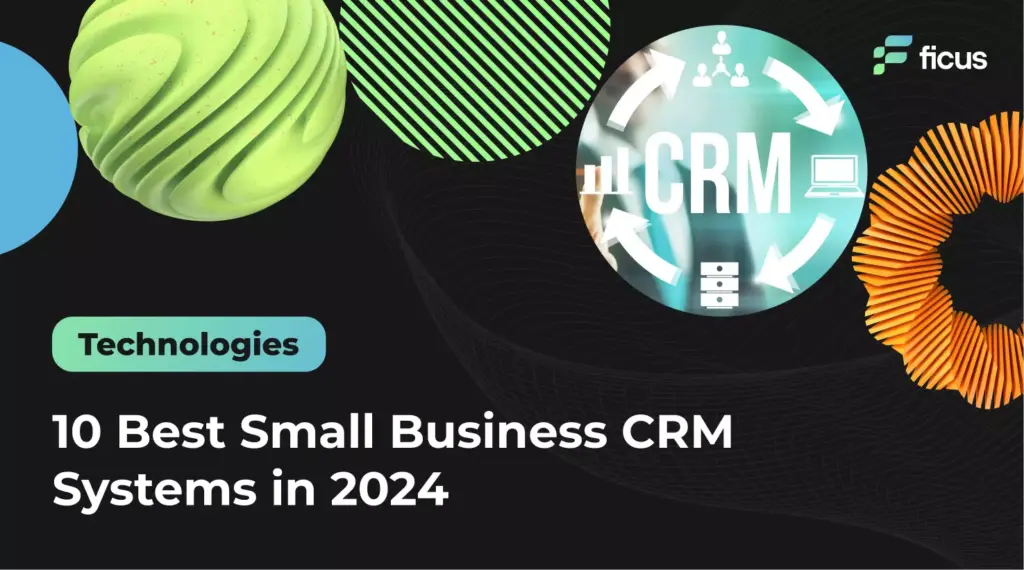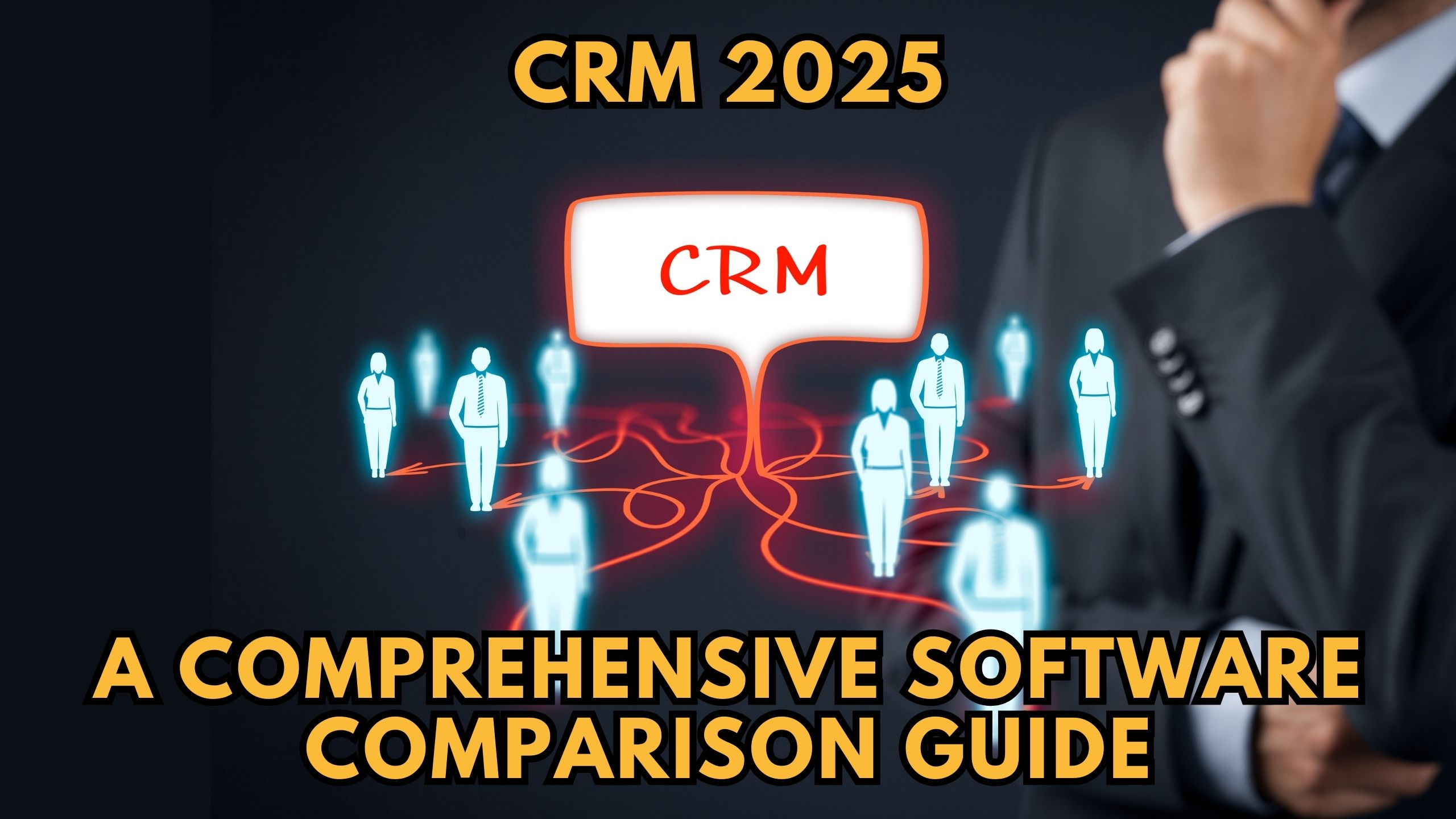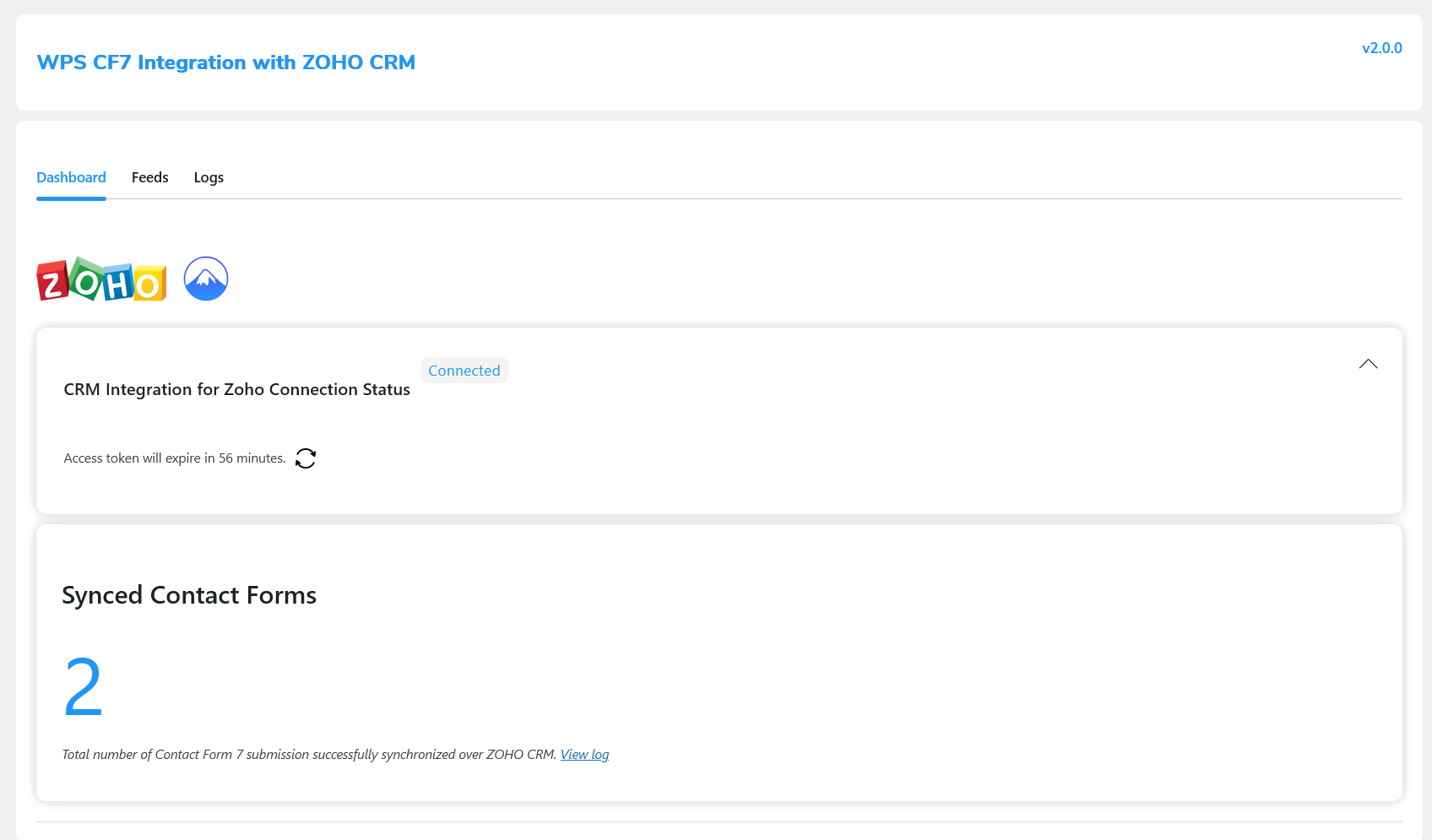
Small Business CRM Maintenance in 2025: A Practical Guide to Staying Ahead
The year is 2025. Your small business is thriving, and a significant part of that success is due to your Customer Relationship Management (CRM) system. But the landscape is ever-changing, and your CRM, once a cutting-edge solution, now requires consistent care and attention to remain effective. This isn’t just about keeping the lights on; it’s about ensuring your CRM continues to drive growth, enhance customer experiences, and provide you with the competitive edge you need to succeed. This comprehensive guide will walk you through the essential aspects of small business CRM maintenance in 2025, ensuring your system remains a powerful asset.
Why CRM Maintenance is Crucial in 2025
In the fast-paced world of 2025, a neglected CRM is a liability. It’s like having a high-performance engine in your car but never changing the oil. Without proper maintenance, your CRM can become slow, inefficient, and ultimately, ineffective. Here’s why consistent CRM maintenance is non-negotiable:
- Data Accuracy and Integrity: Outdated or inaccurate data leads to poor decision-making, ineffective marketing campaigns, and frustrated customers. Regular maintenance ensures your data is clean, up-to-date, and reliable.
- System Performance: As your business grows, so does the volume of data in your CRM. Maintenance helps optimize performance, ensuring your system remains responsive and efficient.
- Security and Compliance: Data breaches are a constant threat. Regular maintenance includes security updates and compliance checks, protecting your valuable customer data and keeping you on the right side of regulations.
- Integration and Customization: Your CRM is likely integrated with other tools and platforms. Maintenance ensures these integrations function seamlessly and that your customizations continue to meet your evolving business needs.
- User Adoption and Satisfaction: A well-maintained CRM is easier to use, leading to higher user adoption rates and increased employee satisfaction. This translates to better data entry, more efficient workflows, and a more productive team.
Key Areas of CRM Maintenance in 2025
CRM maintenance isn’t a one-size-fits-all process. It requires a multifaceted approach that addresses several key areas. Let’s dive into the essential components:
1. Data Cleansing and Management
Data is the lifeblood of your CRM. Keeping it clean and accurate is paramount. Here’s how to manage your data effectively:
- Regular Data Audits: Conduct regular audits to identify and correct errors. This includes checking for duplicate records, incorrect contact information, and outdated data.
- Data Standardization: Implement standardized formats for data entry to ensure consistency. This makes it easier to analyze data and generate reports.
- Data De-duplication: Use tools to identify and merge duplicate records. This prevents confusion and ensures you’re not sending multiple communications to the same contact.
- Data Enrichment: Consider using data enrichment services to supplement your existing data with additional information, such as social media profiles or industry data.
- Data Archiving: Archive old or inactive data to improve system performance and reduce clutter. Ensure you have a clear policy for data retention and deletion, complying with relevant regulations like GDPR or CCPA.
2. System Performance Optimization
A slow CRM is a productivity killer. Optimize your system for speed and efficiency:
- Database Optimization: Regularly optimize your CRM database to improve query performance. This may involve indexing tables, defragmenting data, and other database-specific tasks.
- Storage Management: Monitor your storage usage and ensure you have sufficient capacity. Consider archiving old data or upgrading your storage plan if necessary.
- Performance Monitoring: Implement performance monitoring tools to track system performance and identify bottlenecks. This can help you proactively address issues before they impact your users.
- Workflow Automation Optimization: Review your workflows and automation rules. Ensure they are efficient and that they haven’t become overly complex, which can slow down system performance.
- Software Updates and Patching: Keep your CRM software up-to-date with the latest updates and patches. These often include performance improvements and security fixes.
3. Security and Compliance
Protecting your customer data is a top priority. Implement robust security measures and stay compliant with relevant regulations:
- Security Audits: Conduct regular security audits to identify vulnerabilities and ensure your system is protected against threats.
- Access Control: Implement strict access controls to limit who can access sensitive data. Use role-based permissions and multi-factor authentication.
- Data Encryption: Encrypt sensitive data to protect it from unauthorized access.
- Regular Backups: Implement a regular backup schedule to ensure you can recover your data in case of a system failure or data breach.
- Compliance Checks: Stay up-to-date with relevant data privacy regulations, such as GDPR, CCPA, and others. Ensure your CRM practices comply with these regulations.
- Security Training: Train your employees on security best practices, including password management, phishing awareness, and data handling procedures.
4. Integration Management
Your CRM likely integrates with other tools and platforms. Maintaining these integrations is crucial:
- Integration Monitoring: Regularly monitor your integrations to ensure they are functioning correctly.
- API Updates: Stay up-to-date with API updates from the integrated platforms. This may require updating your integrations to maintain compatibility.
- Troubleshooting Integration Issues: Have a plan for troubleshooting integration issues. This may involve contacting the vendor of the integrated platform or consulting with a CRM specialist.
- Integration Documentation: Maintain clear documentation of your integrations, including configuration details and troubleshooting steps.
- New Integration Evaluation: When considering new integrations, carefully evaluate their impact on your CRM performance and security.
5. Customization and Workflow Maintenance
Your CRM is likely customized to meet your specific business needs. Maintain these customizations for optimal performance:
- Workflow Review: Regularly review your workflows to ensure they are still relevant and efficient. Optimize or remove outdated workflows.
- Custom Field Management: Manage your custom fields to ensure they are still relevant and that they haven’t become overly complex.
- Report and Dashboard Maintenance: Maintain your reports and dashboards to ensure they provide the information you need.
- Custom Code Review: If you have custom code in your CRM, review it regularly to ensure it is still functioning correctly and that it meets your business needs.
- User Training and Documentation: Provide ongoing training to your users on any changes to the system and maintain up-to-date documentation.
Best Practices for CRM Maintenance in 2025
Beyond the specific maintenance tasks, adopting best practices can significantly improve your CRM’s performance and effectiveness:
- Develop a CRM Maintenance Plan: Create a comprehensive maintenance plan that outlines all the tasks, their frequency, and who is responsible for them.
- Automate Where Possible: Automate repetitive tasks, such as data cleansing and backups, to save time and reduce the risk of errors.
- Regularly Back Up Your Data: Implement a robust backup strategy to protect your data from loss or corruption. Backups should be performed regularly and stored securely.
- Train Your Team: Provide ongoing training to your team on how to use the CRM effectively and how to contribute to its maintenance.
- Monitor User Activity: Monitor user activity to identify any issues or areas for improvement. This can also help you detect any security breaches.
- Seek Expert Help When Needed: Don’t hesitate to seek help from a CRM specialist or consultant when you need it. They can provide valuable insights and support.
- Document Everything: Keep detailed records of all maintenance tasks, changes, and issues. This will help you troubleshoot problems and track the effectiveness of your maintenance efforts.
- Stay Informed: Stay up-to-date with the latest CRM trends and technologies. This will help you make informed decisions about your CRM maintenance.
- Regularly Review Your CRM Strategy: Ensure your CRM strategy aligns with your overall business goals. Your CRM should be a dynamic tool that evolves with your business needs.
Choosing the Right CRM Solution for Ongoing Maintenance
The CRM solution you choose can significantly impact the ease and effectiveness of your maintenance efforts. When selecting a CRM, consider the following factors:
- Ease of Use: Choose a CRM that is easy to use and navigate. This will make it easier for your team to adopt the system and contribute to its maintenance.
- Scalability: Select a CRM that can scale with your business. As your business grows, your CRM should be able to handle the increased volume of data and users.
- Integration Capabilities: Choose a CRM that integrates seamlessly with other tools and platforms you use.
- Data Management Features: Look for a CRM with robust data management features, such as data cleansing tools, data enrichment capabilities, and data archiving options.
- Security Features: Ensure the CRM has strong security features, such as access controls, data encryption, and regular security updates.
- Support and Documentation: Choose a CRM with excellent support and comprehensive documentation. This will make it easier to troubleshoot issues and get help when you need it.
- Maintenance Tools: Some CRM systems offer built-in maintenance tools and automation features that can simplify the maintenance process.
Leveraging AI and Automation for CRM Maintenance in 2025
Artificial intelligence (AI) and automation are transforming CRM maintenance. In 2025, businesses are increasingly leveraging these technologies to streamline their maintenance efforts and gain deeper insights from their data:
- AI-Powered Data Cleansing: AI can automate the data cleansing process, identifying and correcting errors more efficiently than manual methods.
- Automated Data Enrichment: AI-powered tools can automatically enrich your data with additional information, such as social media profiles and industry data.
- Predictive Maintenance: AI can analyze system performance data to predict potential issues and proactively address them before they impact your users.
- Personalized Customer Insights: AI can analyze your customer data to provide personalized insights that can help you improve your marketing campaigns and customer service.
- Automated Reporting and Analytics: AI can automate the generation of reports and dashboards, providing you with real-time insights into your CRM performance and customer behavior.
- Chatbots for CRM Support: AI-powered chatbots can provide instant support to your users, answering their questions and resolving issues quickly.
The Future of CRM Maintenance: Staying Ahead of the Curve
The future of CRM maintenance is dynamic, and continuous adaptation is key. Here are some trends to watch:
- Increased Focus on Data Privacy: With growing awareness of data privacy, CRM maintenance will increasingly focus on ensuring compliance with regulations such as GDPR and CCPA.
- Rise of No-Code/Low-Code Solutions: No-code/low-code platforms will empower businesses to customize and maintain their CRMs with less reliance on technical expertise.
- Integration of Blockchain Technology: Blockchain technology may be used to enhance data security and transparency within CRM systems.
- Greater Emphasis on Customer Experience: CRM maintenance will increasingly focus on improving the customer experience, with personalization and proactive support becoming key priorities.
- The Metaverse and CRM: As the metaverse evolves, CRM systems will likely integrate with virtual environments, providing new opportunities for customer engagement and data collection.
Staying ahead in 2025 means embracing these trends and proactively adapting your CRM maintenance strategy. This requires a proactive approach, a willingness to embrace new technologies, and a commitment to continuous improvement.
Conclusion: Maintaining Your CRM for Long-Term Success
In conclusion, effective CRM maintenance is not merely a technical requirement; it is a strategic imperative for small businesses in 2025. By prioritizing data accuracy, system performance, security, and integration, you can ensure your CRM remains a powerful tool for growth, customer satisfaction, and competitive advantage. Implementing the best practices outlined in this guide, embracing AI and automation, and staying informed about emerging trends will position your business for long-term success in the ever-evolving landscape of customer relationship management. Don’t treat CRM maintenance as an afterthought; make it an integral part of your business strategy, and you’ll be well-equipped to thrive in the years to come.


